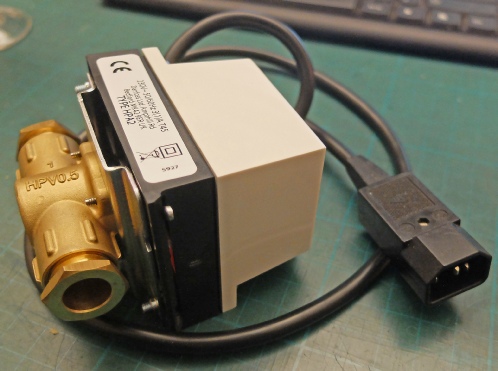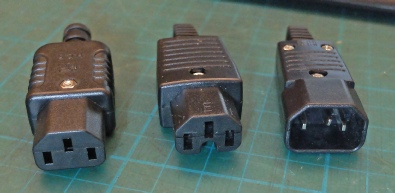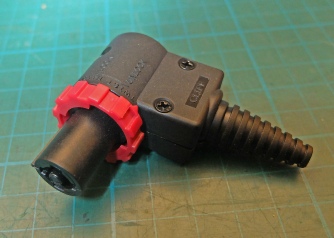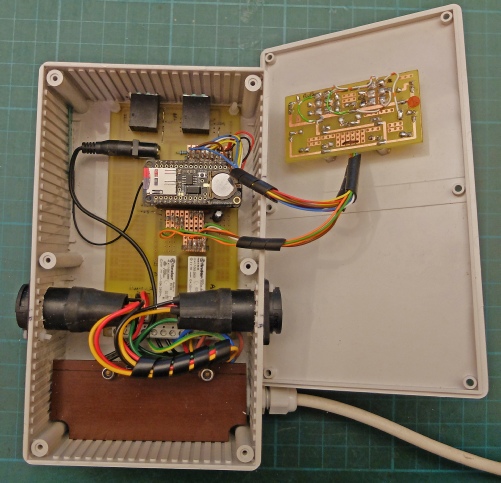



Under Construction
Radiator control 1

We have quite a large living room but often we are out or elsewhere in the house so it makes sense to be able to turn off the heating in this room or at least reduce the temperature in order to be more energy efficient. Also we have a guest bedroom where it would be good to be able to turn off the heating when there are no guests. Also, this room has an electric towel rail and a small hot water heater and it would be convenient to be able to control this remotely.
I am going to use two controllers, the Feather based version for the living room and the Raspberry Pi based version for the guest room.
I am using 15 mm motorised zone valves to control the radiators. These valves are pretty standard items but they are probably not normally used to control individual radiators. This type of valve is fairly reliable (although I have had to replace both valves and motors more often than some other central heating items such as pumps). At least this sort of valve will always be available if a replacement is needed. A disadvantage is their size. I would like to fit them on the pipework under the floor but I don't really want to take up the carpet which is always a pain. Perhaps next year.
15 mm motorised valve


Left: C14 plug, centre: C16 plug, right: C13 socket. The C16 seems to work ok with the C13 as far as I can see.
Below: the Feather based controller which will turn the valves on and off.

Cliffcon sockets

One perennial problem with implementing distributed systems is connecting them up. If I had used a separate wifi enabled controller for each valve, I would still have had to wire them to a power source. So wires, plugs and sockets at this time seem inevitable.
Because, at the time, I was not sure whether I would want to switch power from one circuit to another, I fitted the Feather controller with 4 pole sockets (earth, neutral and two live). These sockets are nicely made, have a locking ring and are quite expensive. In the end I didn’t need the extra pole so I could have used the C13/C14 type connectors. These are dirt cheap but don’t lock. You can get 5 pairs of line plugs and sockets for about £5.
With the Raspberry Pi controller I am doing away with plugs and sockets and soldering connecting cables permanently in place. I will probably regret this when I want to do modifications!